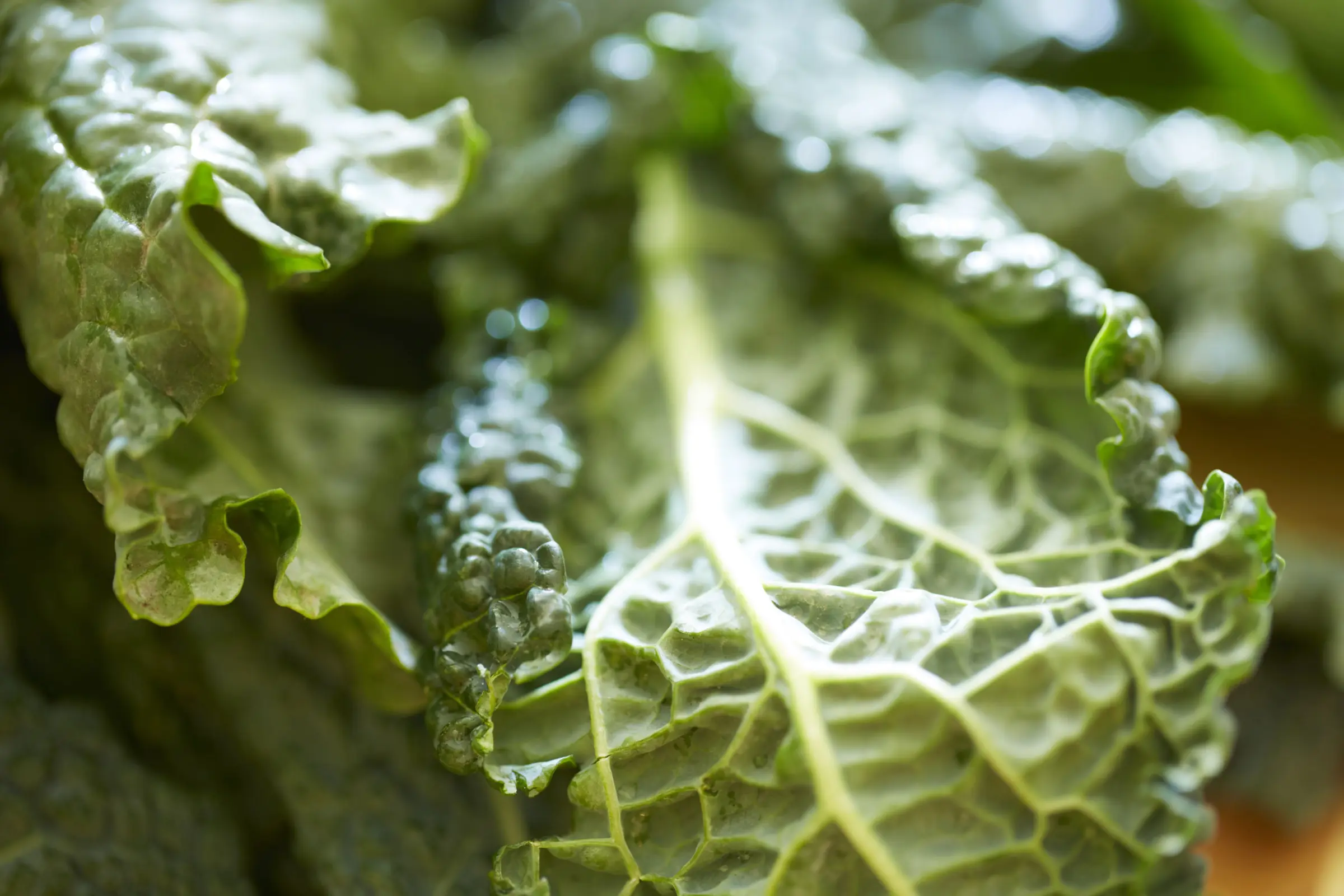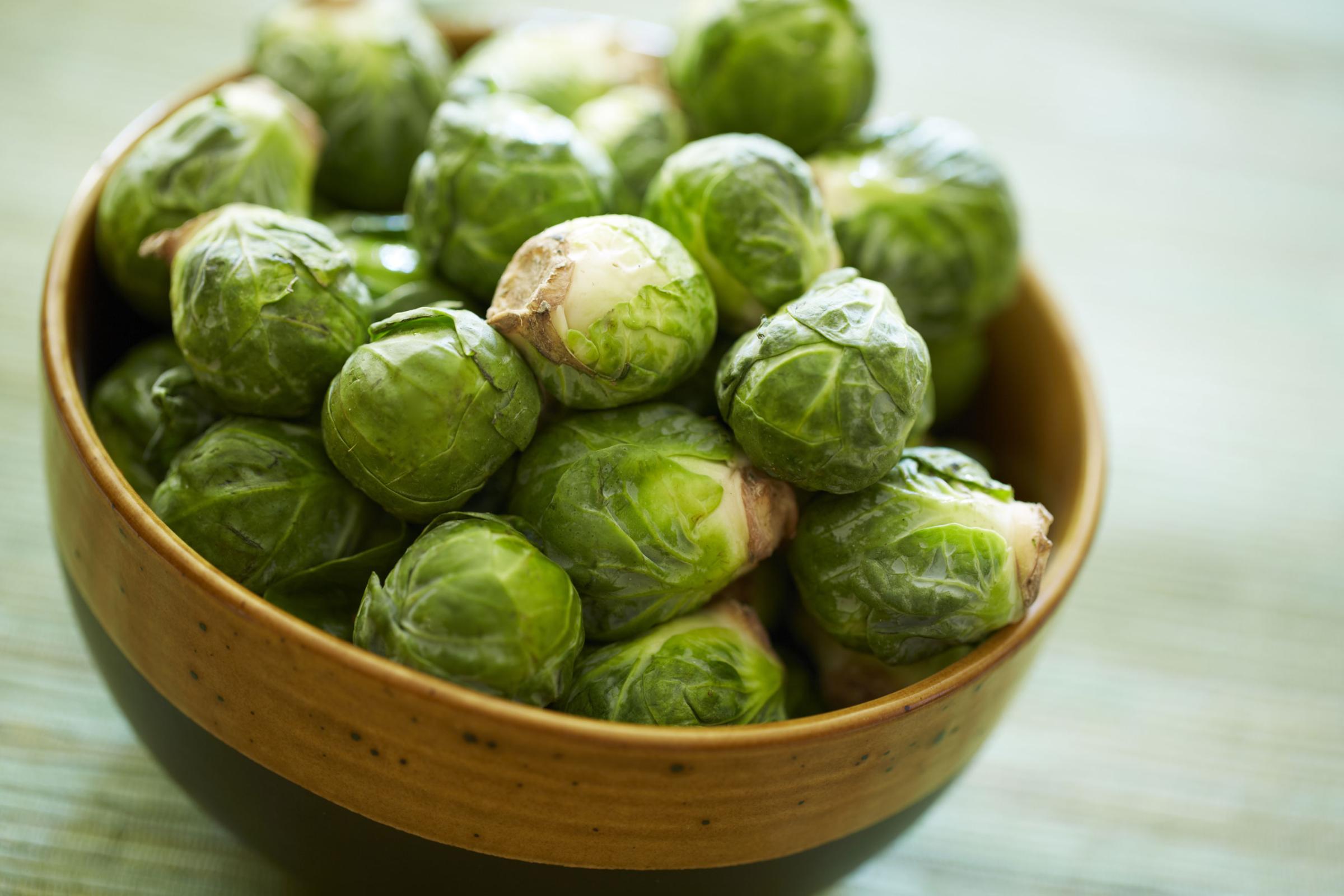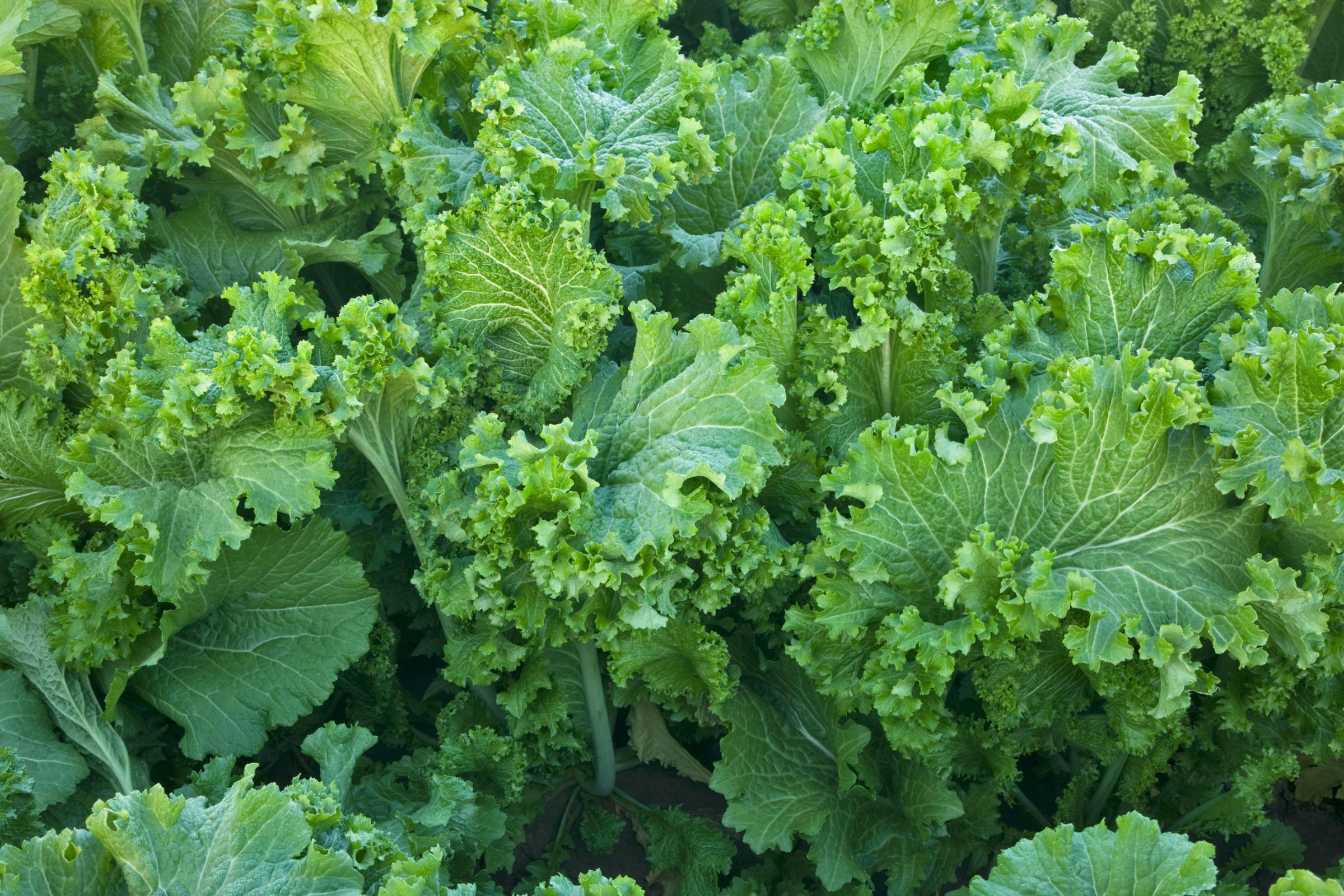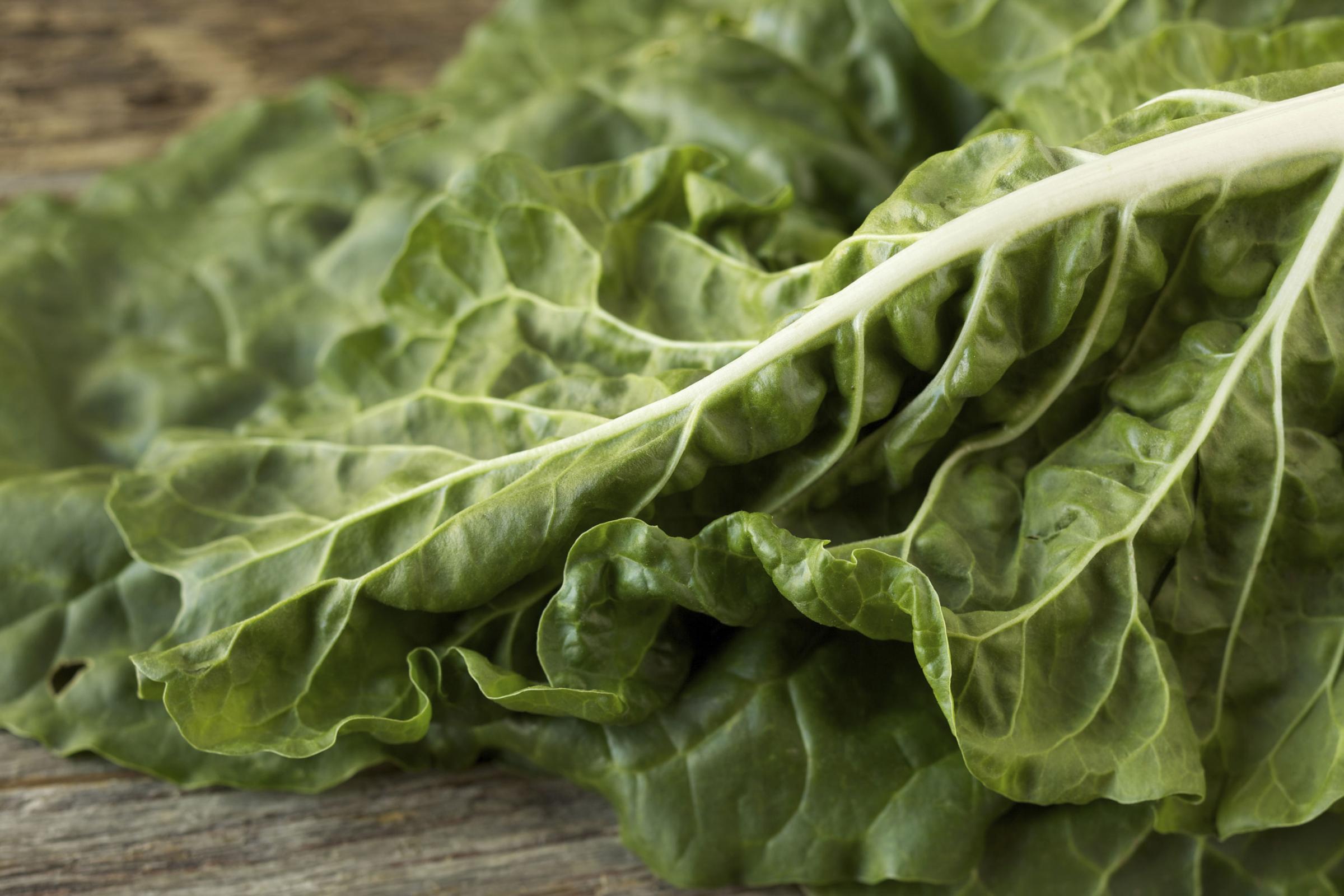
Cooking at home seems like a far healthier option than dining out, right? Maybe not. A recent study found that the more time middle-aged women spent cooking at home, the more likely they were to suffer from metabolic syndrome. The reason for the finding may be that the study didn’t identify exactly what the women were cooking, so there was no way to measure the healthfulness of their homemade meals.
For example, the results wouldn’t be surprising if dinner meals included dishes like lasagna or meatloaf, rather than veggie-filled stir frys or entrée salads. Researchers also say that the participants who cook at home more frequently may also be baking more as well, and therefore consuming more sugary treats like cookies and brownies.
The bottom line is cooking at home is a chance to either eat healthfully—or eat just as poorly as if you had ordered takeout or dined at a restaurant. Avoid these 4 common blunders to take full advantage of the health opportunity home cooking offers.
Read more: 11 Reasons Why You’re Not Losing Belly Fat
Nibbling while cooking
Many of my clients start keeping food diaries soon after our first consultation, and some are shocked to discover just how much they eat while prepping and cooking. One client regularly downed a glass of wine (or two) while popping cheese cubes, nuts, or crackers as she prepped. That mindless munching resulted in taking in up to 300-400 extra calories, which is enough to keep her at least two sizes larger than her weight goal.
The fix: If you’re hungry when you start making dinner, munch on low-calorie raw veggies like bell pepper or sliced cucumber. Or factor your prep-time snack into your meal budget. For example, if you want to nibble on nuts, reduce the amount of olive oil you use in your dinner. As for the wine, check out my previous post 7 Eating Habits You Should Drop Now.
Carb overload
Many health-conscious people I talk to have given up white bread and pasta in favor of healthy starches, like quinoa, wild rice, and lentils. The swap is fantastic for your health, but eating excess portions of these superfoods can still prevent weight loss, or lead to weight gain. I don’t advocate ditching carbs altogether, but the amount you eat should be in proportion to your body’s energy needs in the hours after a meal. If you’ll mostly be sitting in the evening, your portion of anything starchy should be somewhere between a half cup to a cup (more if you’re younger, taller, and more physically active; less if you’re older, shorter, and exercise less). I know that seems tiny, but when combined with a generous portion of veggies (think two cups, or the size of two tennis balls) along with lean protein and a bit of healthy fat, it’s completely doable.
The fix: For most of my clients, the trick is swapping the veggie and starch proportions in their meals, so veggies are the main attraction, and the starch is, as I refer to in my upcoming book, an “accessory.”
7 Foods That Taste Better Now Than They Will All Year







Read more: Try this 7-Move Fat-Melting Workout
Cheese-ing out
I recently challenged a client to go 30 days without eating cheese, because I knew it would be a major key to her success. She, like many other people I counsel, was using far too much cheese in home-cooked meals, and as a result, she was racking up hundreds of surplus calories. Ounce for ounce, cheddar packs four times the calories and nine times the fat of skinless chicken breast. Many of my clients think of it as a protein source, but an ounce of feta contains more fat than protein (6 grams versus 4).
The fix: If you don’t want to give up cheese completely, think of it as a condiment, and use it sparingly. For easy cheese-free dinner ideas check out my previous post 5 Delicious Pasta Alternatives.
Read more: 9 Low-Fat Foods You Shouldn’t Eat
Indulging in dessert too often
Over the years, many clients have told me that they just need a little something sweet after dinner. But one cookie can easily turn into three, and one serving of ice cream can easily become the whole pint. And once an after-dinner dessert pattern forms it can be challenging to break.
The fix: In my experience, the desire for sweets is often fueled by emotions, such as the need for reward or comfort. If that’s the case, focus on the feelings, not the food. If you can find other healthy ways of meeting your emotional needs, your desire to indulge may naturally wane (check out my previous post 5 Ways to Shut Down Emotional Eating). And if you really just need a treat, opt for a few tasting squares of dark chocolate, or make room for occasional desserts by cutting the carbs and fat in your meal, which is what most desserts are made from.
One of my clients recently tried this and was thrilled with the balance it created—a real switch from her usual “all or nothing” pattern (e.g. a full dinner, wine, and dessert; or a restrictive meal with no alcohol or sweets). After eating baked fish and steamed veggies she enjoyed one cupcake. When she got dressed the next morning her clothes fit perfectly, and she didn’t have a “food hangover.” Here’s the best part: because she had learned how to eat dessert without going overboard, she didn’t feel like she needed to indulge every night. Balance feels great!
Cynthia Sass, MPH, RD, is Health’s contributing nutrition editor, and privately counsels clients in New York, Los Angeles, and long distance. Cynthia is currently the sports nutrition consultant to the New York Rangers NHL team and the Tampa Bay Rays MLB team, and is board certified as a specialist in sports dietetics.
This article originally appeared on Health.com.
Read next: 3 Breakfast Rules to Follow to Lose Weight
More Must-Reads from TIME
- Why Trump’s Message Worked on Latino Men
- What Trump’s Win Could Mean for Housing
- The 100 Must-Read Books of 2024
- Sleep Doctors Share the 1 Tip That’s Changed Their Lives
- Column: Let’s Bring Back Romance
- What It’s Like to Have Long COVID As a Kid
- FX’s Say Nothing Is the Must-Watch Political Thriller of 2024
- Merle Bombardieri Is Helping People Make the Baby Decision
Contact us at letters@time.com